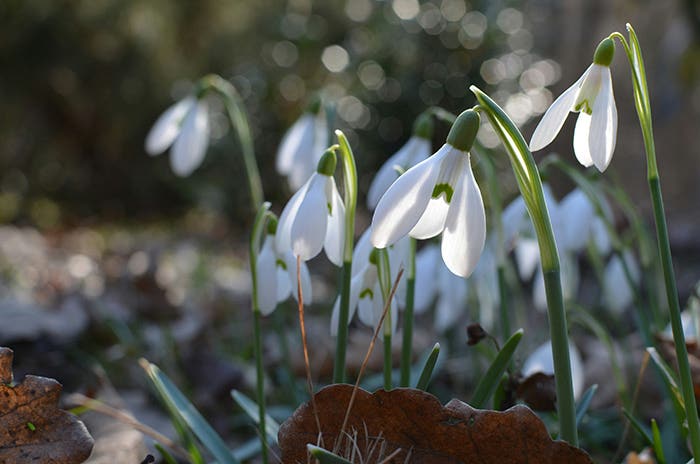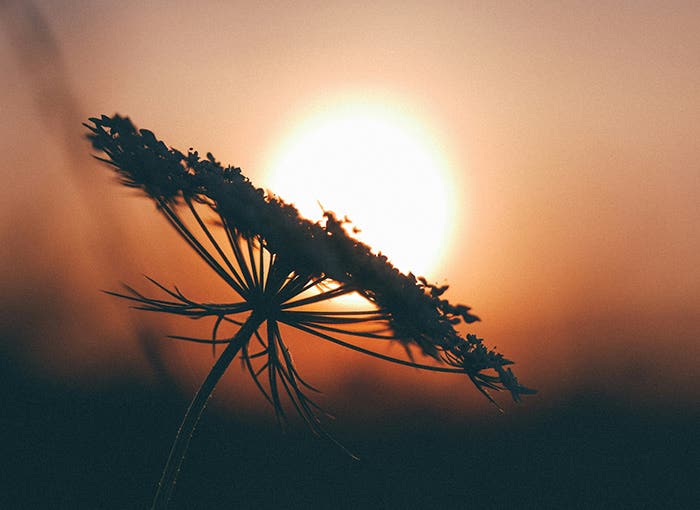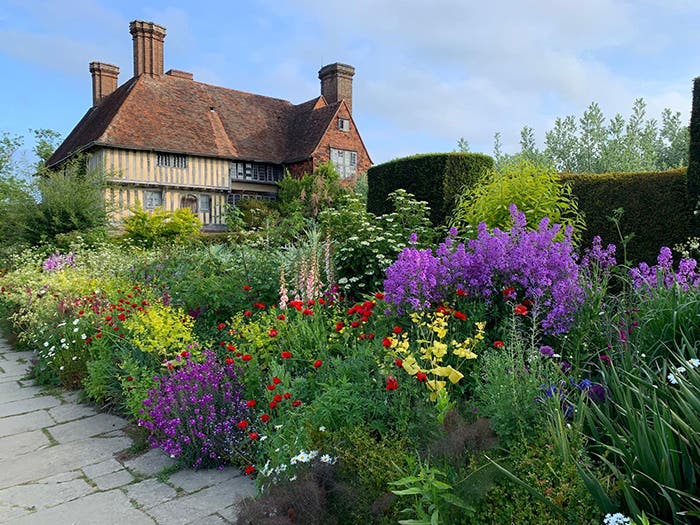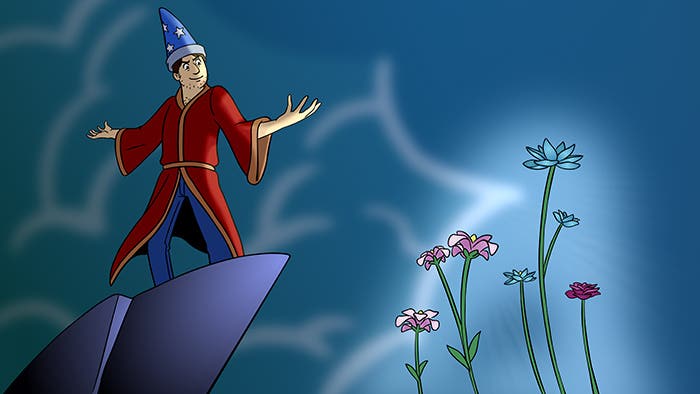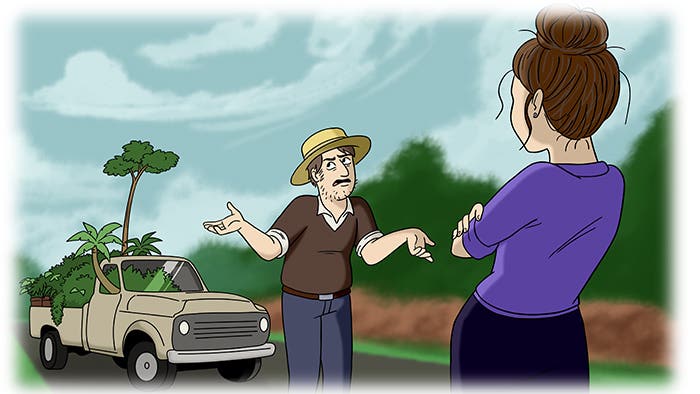Why a Nursery Bed Saves You Money & How to Make One
A nursery bed is a small area of soil that’s used to grow certain selected plants. It’s where you don’t have to worry about design. It’s a place where you…
A nursery bed is a small area of soil that’s used to grow certain selected plants. It's where you don't have to worry about design. It's a place where you can put plants you get on sale or less-expensive, smaller varieties that you just couldn't pass up. And in this spot the plants can grow to size for transplant. The savings add up quickly when you're buying bargain-priced selections.
How a Nursery Bed Works & How to Make One
How a nursery bed works is simple: you set aside some soil for your needy plants to grow. It's usually away from the rest of your garden beds, in a sunny spot. The bed is usually a located for regular attention from you. It's where plants get nurtured before they get put out into their ultimate spot in the garden.
So to create a nursery bed, simply section off a plot of soil. In the picture above is an example using cinder blocks to make a garden bed.
Once it's made then you can use this trial bed to evaluate plants, observe their growth habit and color or watch them for pests or disease without putting other garden plants at risk.
Nursery Beds are Great for Veggies, Too
A nursery bed is especially helpful for vegetable gardeners, too. It's an ideal place to start new seed, and while the main garden is maturing, your seedlings are getting ready for transplant when the first crop is exhausted.
The beauty of this trial bed is that you don’t need to worry about carving out a pleasing shape or, well, making it beautiful! Nursery beds are typically tucked away where they won’t interfere with views of the main garden. A nursery bed in full sun can accommodate shade plants, too, if you use shade cloth or row covers.
This post is excerpted from the Q&A section of the July/August 2015 issue which you can download here.


